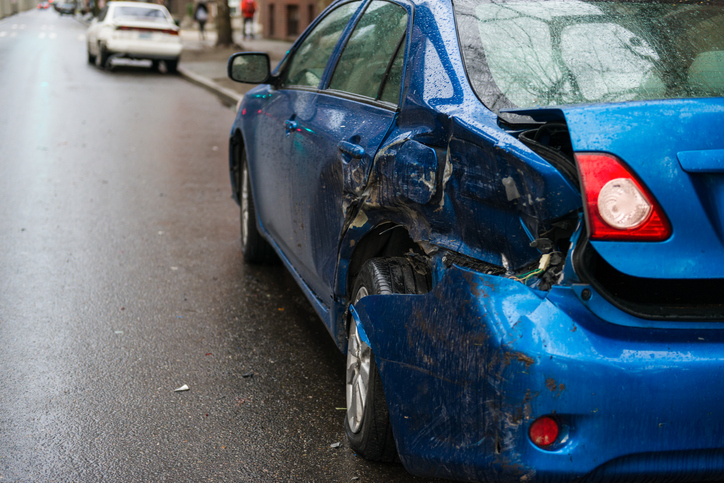Experiencing a hit-and-run accident can be an ordeal, leaving even the most composed individuals shaken and uncertain about the immediate steps to follow. The chaos after such an incident is not just limited to the physical damage but extends to emotional and legal damages as well. Nonetheless, it is important to stay informed and prepared for this unfortunate possibility. From safeguarding your well-being and gathering essential evidence to reporting the incident to the proper authorities and seeking legal recourse, careful steps during each phase will help ensure that you are set up to receive the support and compensation you need to recover from this accident. The steps that should be taken to ensure everything is handled properly are as follows:
- Safety First: Move to a safe location if possible. If you are in the middle of traffic and it is safe to do so, pull over to the side of the road to avoid any further accidents. Check yourself and others for injuries. Do not move injured people unless there is an immediate danger (like a fire).
- Call the Police: Even if you think that the damage is minimal, it is important to call the police immediately, and if necessary, medical assistance even if the accident is minor. Texas law requires individuals involved in an accident resulting in injury, death, or significant property damage to stop their vehicles.
- Do Not Chase the Other Driver: Chasing the other driver can be dangerous and is not advisable. Instead, try to remember as many details about the hit-and-run driver and their vehicle as possible, including: the vehicle make, model, and color, the license plate number (even if it’s just a partial), any distinguishing features of the vehicle or the driver, and the direction that the vehicle was heading.
- Look for Witnesses: If there are any witnesses, ask for their contact information. Get the names, addresses, phone numbers, insurance information, driver’s license numbers, license plate numbers, and basic information of all witnesses to the accident. Witnesses can provide statements to the police and your insurance company, which may help in the investigation and claims process.
- Document the Scene: Take pictures of the damage to your vehicle and the surrounding area. If there are skid marks, broken parts from the vehicle, or any other evidence, document that as well. Make notes or voice memos about the time, date, weather conditions, traffic conditions, and any other relevant details.
- Seek Medical Attention: If you suspect you have been injured, see a doctor as soon as possible. Some injuries may not be immediately apparent.
- Report the Accident to Your Insurance Company: Contact your insurance company to report the accident. Your insurance policy may require immediate reporting and full cooperation. Provide them with any evidence or information you have gathered.
- Keep Records: Keep all the documentation related to the accident, including the police report, medical expenses, and communications with your insurance company.
- Do Not Accept Settlement Offers: If the hit-and-run driver is somehow found or comes forward and offers a settlement, do not accept or agree to anything without consulting an attorney. You should consider discussing your legal rights and options with a personal injury attorney, especially if there are significant injuries or damages.
- Follow Legal Requirements: Report the accident to the DMV if required by your state laws. There may be a specific time frame to do this.
- Consider Your State’s Laws: Fault and no-fault states handle car accidents differently. Texas is an “at-fault” or “tort” state, which means the person who is at fault for a car accident is responsible for paying for other people’s injuries and property damage resulting from the accident.
- Keep Track of the Statute of Limitations: Every state has a statute of limitations for filing a lawsuit. In general, Texas has a two-year statute of limitations for filing personal injury claims from the date of occurrence of the accident.
- Follow-up: Lastly, keep in touch with the police to see if there are any updates in the investigation.
Takeaway
Remember that each situation is unique and state laws vary. The steps you should take in a hit-and-run accident might differ based on local laws and the specifics of the accident. Contact Ceja Law Firm, PLLC for an initial complimentary consultation. We will provide you with advice tailored to your situation.
